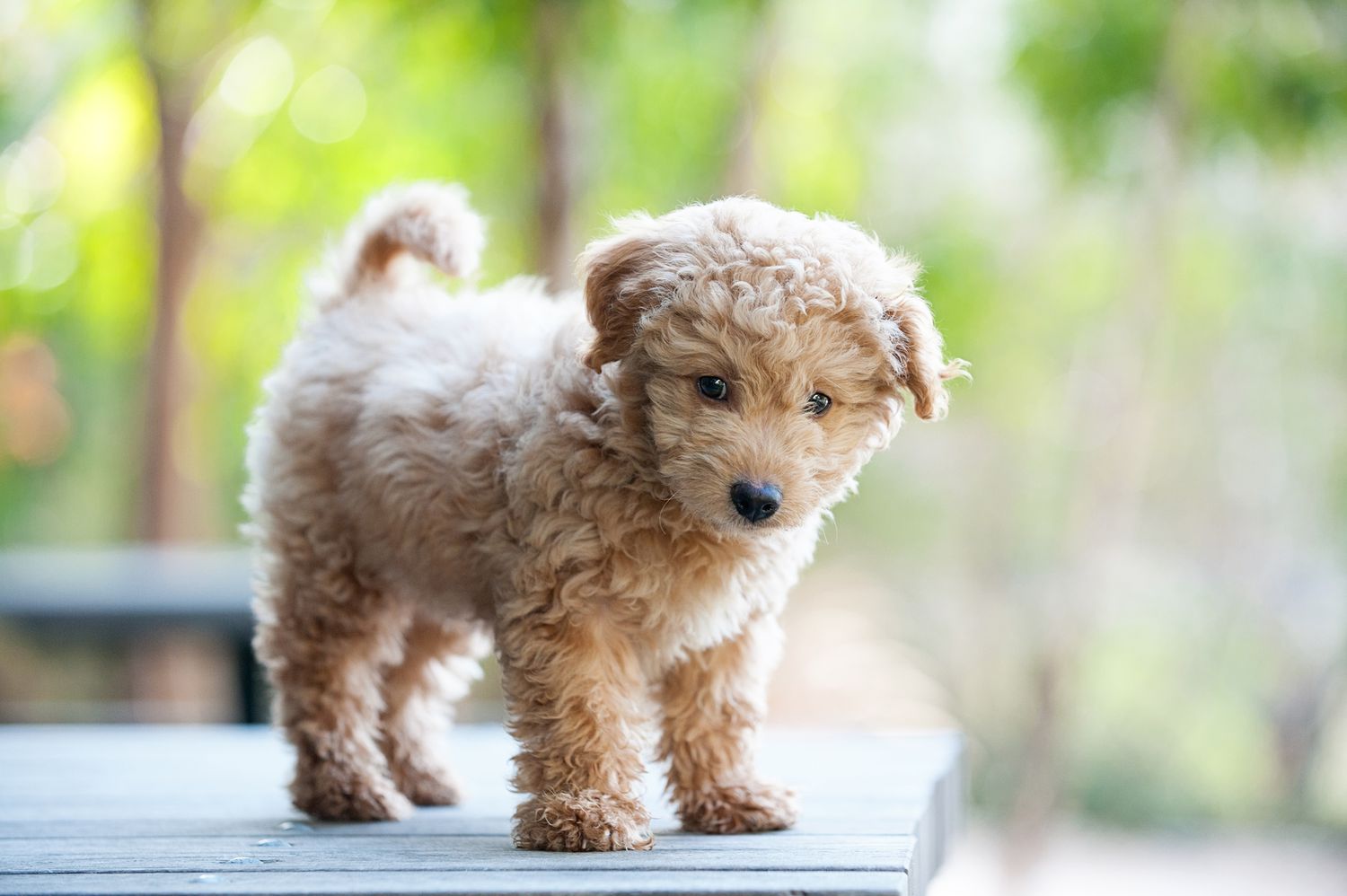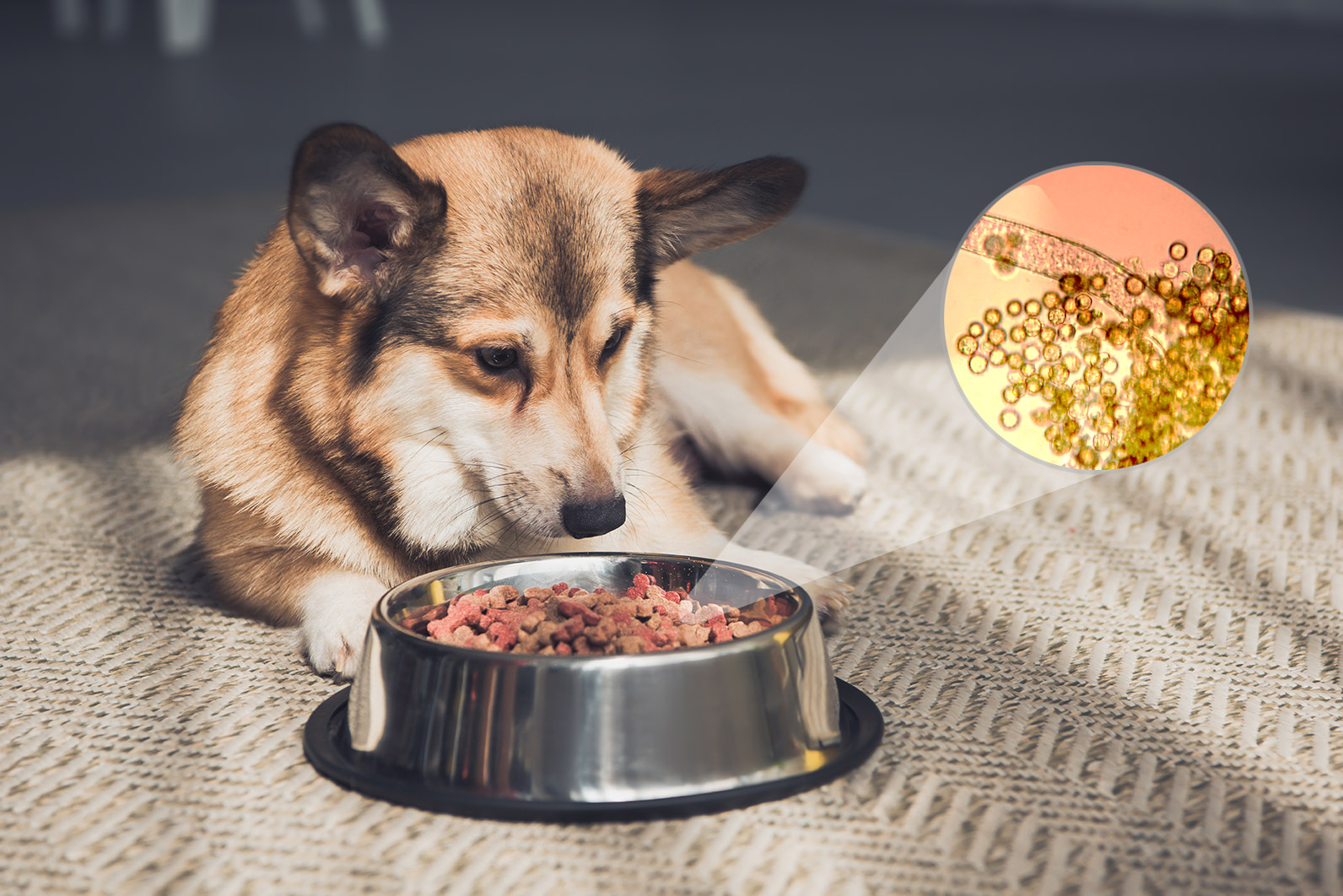The Best Guide To Donations sought for care of 13 dogs after owner passes away


Those Puppy Dog Eyes You Can't Resist? Thank Evolution - The New York Times

Stolen dogs: Carmarthenshire and Briton Ferry raids 'uncover 80' - BBC News
Dogs - Healthy Pets, Healthy People - CDC Can Be Fun For Anyone
Typical Name: Domestic canines, Scientific Name: Canis familiaris, Type: Mammals, Diet: Omnivore, Group Name: Pack, Typical Life Expectancy In The Wild: 12 years, Size: Five to 35 inches at the shoulder, Weight: 3 to 250 pounds, Size relative to a 6-ft man: IUCN Red List Status: Not assessed Least Concern Extinct Current Population Pattern: Unidentified, What is a domestic pet dog? The term "domestic canine" refers to any of several hundred breeds of pet in the world today.
This separates domestic dogs from wild dogs, such as coyotes, foxes, and wolves. Domestic dogs are primarily kept as family pets, however many types are capable of making it through on their own, whether it's in a forest or on city streets. A third of all households worldwide have a pet dog, according to a 2016 customer insights research study.

/cdn.vox-cdn.com/uploads/chorus_asset/file/21768855/pop_culter_dog_rank_alyceatinoyan_feature.jpg)
The 25 Cutest Dog Breeds - Most Adorable Dogs and Puppies
Evolutionary origins, All pet dogs descend from a types of wolf, but not the gray wolf (), like lots of people presume. In reality, DNA proof suggests that the now-extinct wolf ancestor to contemporary pets was Eurasian. However, scientists are still working to understand exactly what species provided increase to pet dogs. When pet dogs broke off from their wild forefathers is likewise a matter of mystery, but genes recommend that it happened in between 15,000 and 30,000 years ago.
Maybe wolves began down this course simply by consuming human scraps. Check Here For More on, human beings might have motivated wolves to hug by actively feeding them. Later still, those wolves may have been invited into the human house and ultimately reproduced to encourage particular traits. All of this is believed to have unfolded over countless years.
Guide and Service Dogs from Southeastern Guide Dogs - Questions
For instance, around 9,500 years back, ancient peoples started reproducing pet dogs that were best able to survive and operate in the cold. These canines would end up being the family of sled dogsincluding types such as huskies and malamutesthat stays fairly unchanged today. Similarly, human beings reproduced German shepherds for their capability to herd animals, Labrador retrievers to assist gather ducks and other video game dropped by hunters, and sausage-shaped Dachshunds for their capability to rush down a burrow after a badger.
